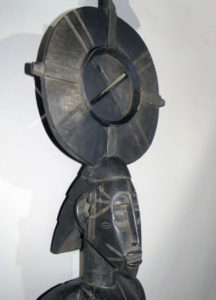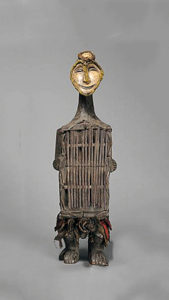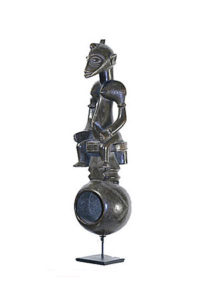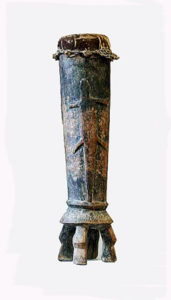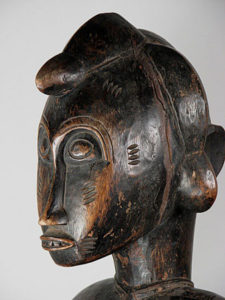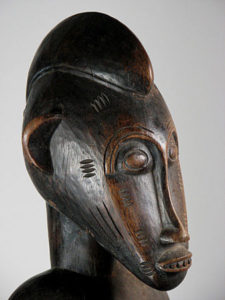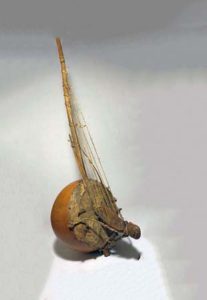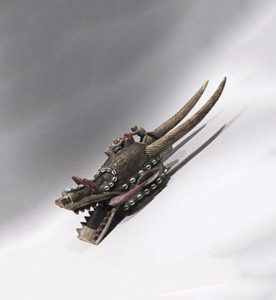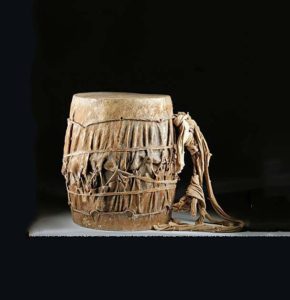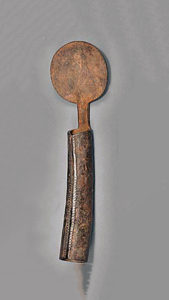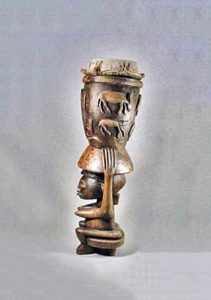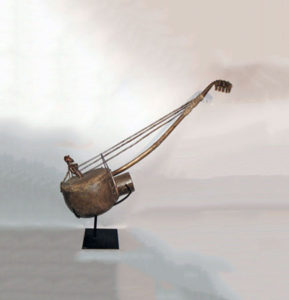Senufo
The Senufo people, also known as Siena, Senefo, Sene, Senoufo, and Syénambélé, are a West African ethnolinguistic group. They consist of diverse subgroups who migrated into their current location from the north during the 15th and 16th centuries. Today, they live in a region spanning the northern Ivory Coast, southeastern Mali and western Burkina Faso. One sub-group, the Nafana, is found in north-western Ghana. The Senufo people inhabit villages governed by a council of elders, who in turn are led be a chief elected from their number. They are predominantly animists, with some who are Muslims.
Tribal cohesion is reinforced through the rituals of the Poro society who initiate and educate the men from the age of seven onwards. Senufo theology is based on Koulotiolo, a powerful god, and Katieleo, a goddess mother, who through the rituals of the Poro society, regenerates the world.
Their artistic output has been prolific – statues and masks representing the ancestors are common and are characterized by realistic features or highly geometric shapes which emphasize rhythm and the opposition between void and full spaces.
Source: Senufo – Art & Life in Africa – The University of Iowa Stanley Museum of Art (uiowa.edu)

